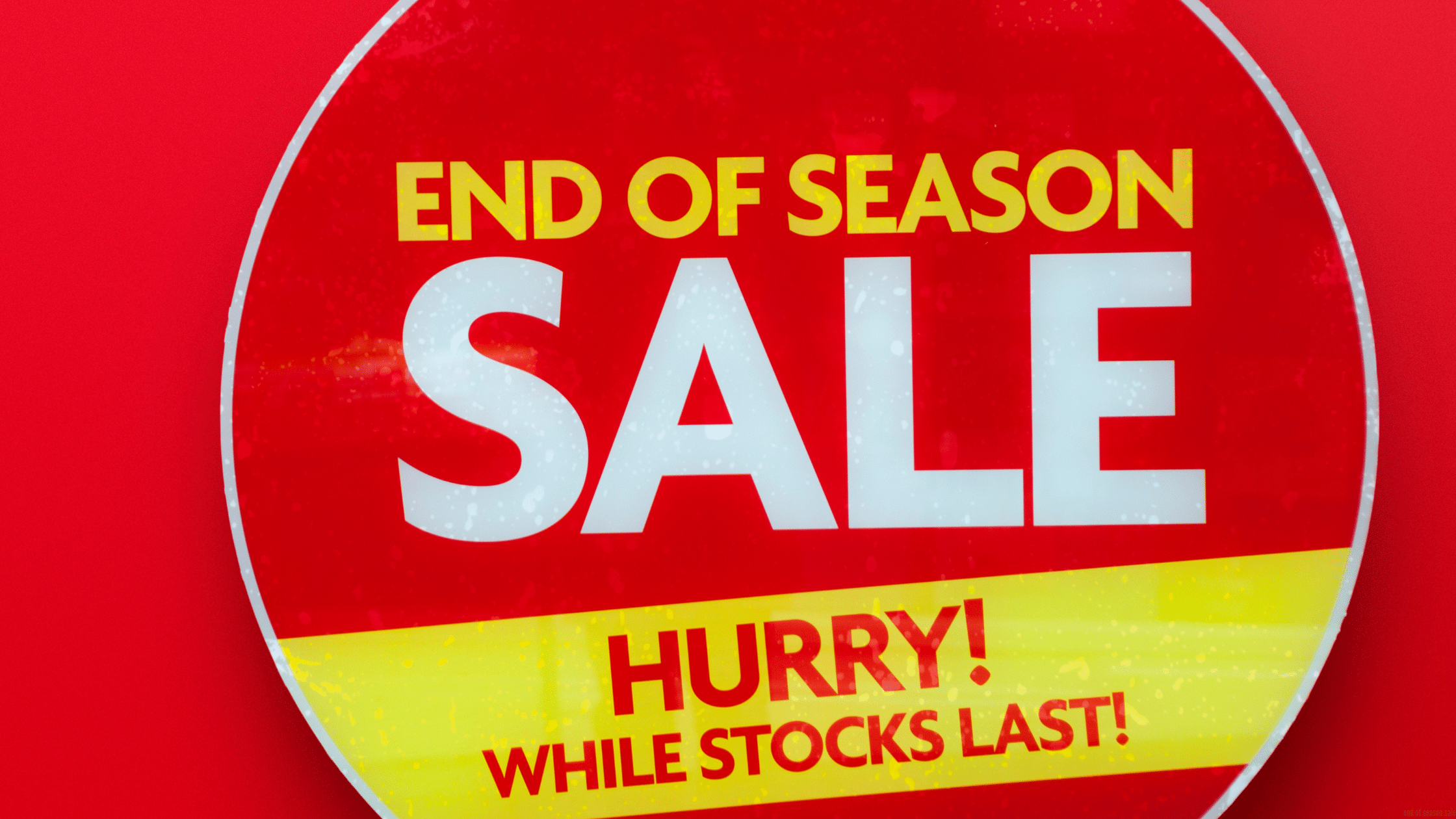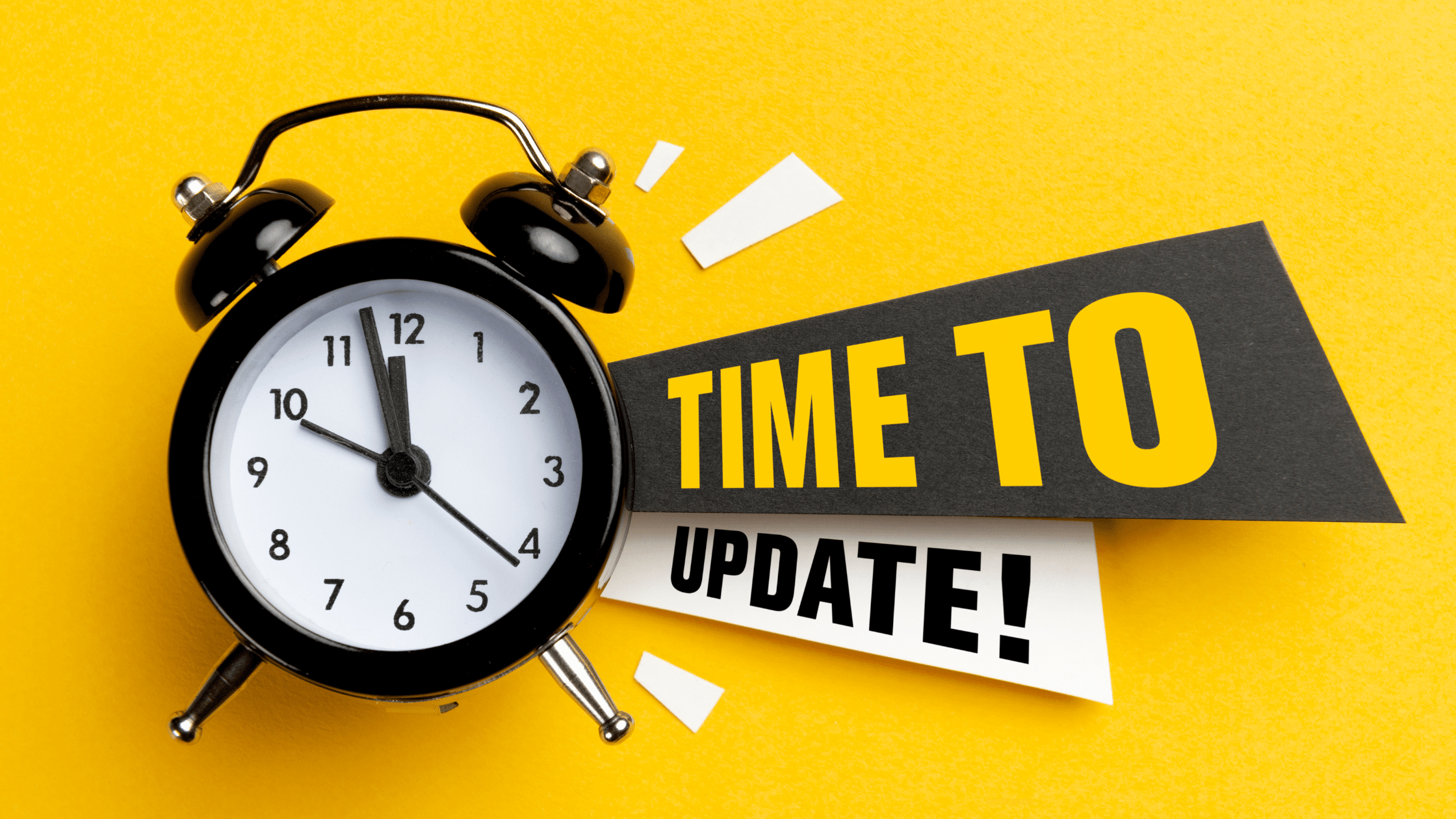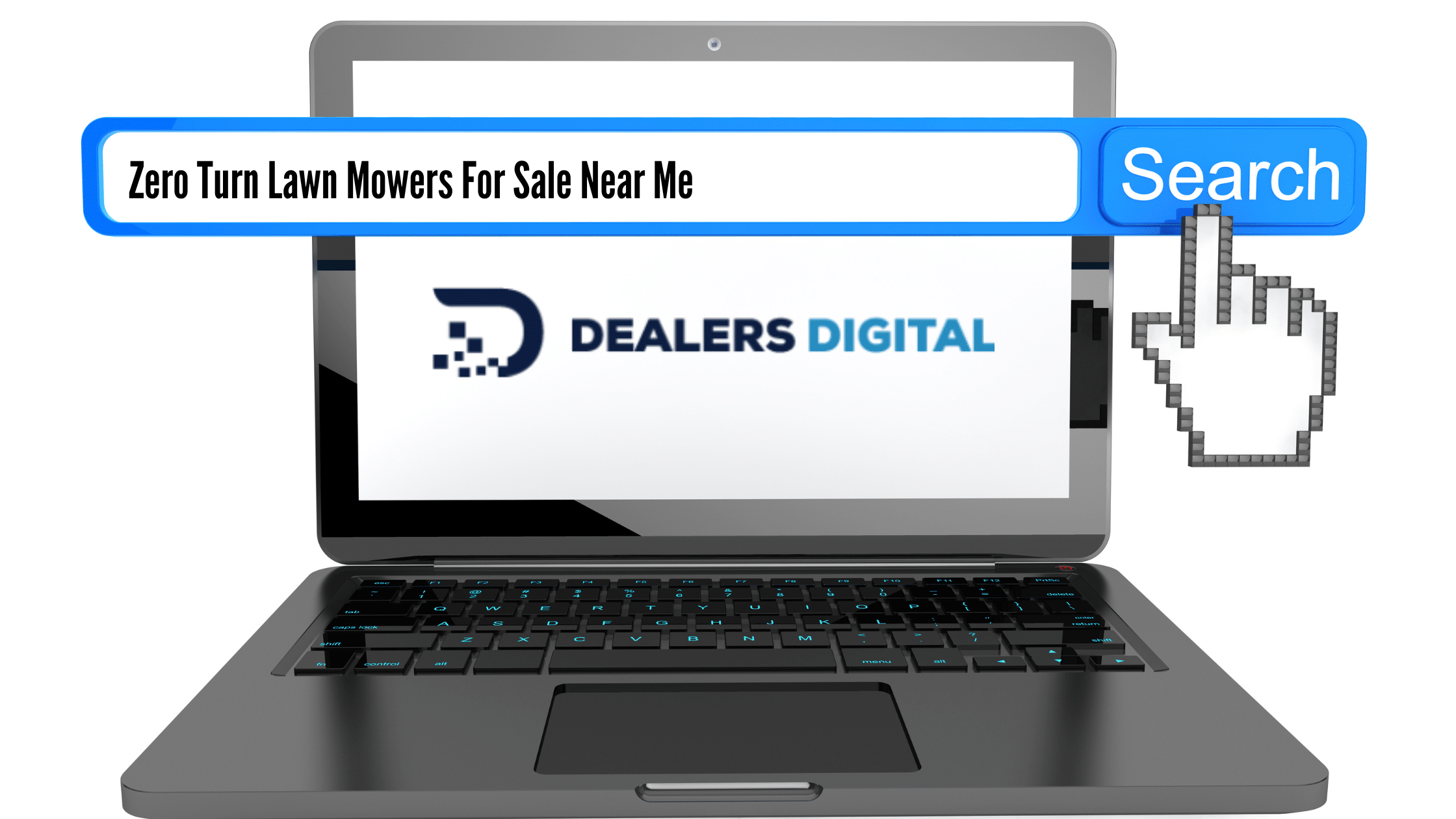Mid-season can be a tricky time for lawn mower and tractor dealerships. The spring rush has tapered off, and the fall clearance season is still a few months away. That leaves many dealers caught in a sales slump—inventory is sitting, leads are slowing, and cash flow starts to tighten.
But here’s the thing: just because the initial surge of buyers has passed doesn’t mean demand is gone. In fact, many homeowners are just now realizing their old mower isn’t cutting it—literally—and they’re still in the market for an upgrade. The key is staying proactive with your promotions.
Keeping inventory moving isn’t just about making room on the showroom floor—it’s about protecting margins, maintaining healthy cash flow, and hitting your monthly sales goals. And that doesn’t mean slashing prices or running the same tired sale every weekend.
With the right mix of creative, intentional promotions, you can spark new interest, generate foot traffic, and turn those lingering units into revenue—fast. In this blog, we’re sharing 10 mid-season promotion ideas that will help you do just that.
Why Mid-Season Is a Critical Time to Promote
Mid-season is more than just the halfway point in the sales year—it’s a pivotal opportunity to capture serious buyers and stay ahead of the curve. Here’s why this time of year demands a smart promotional strategy:
🔥 Summer Demand Is Peaking
Right now, grass is growing fast, and so is the urgency for homeowners and landscapers to upgrade their equipment. Many customers waited out the spring rush, hoping for better deals or just putting off the purchase. Mid-season becomes the sweet spot—people still need mowers, and they’re actively looking. That makes it the perfect time to capture attention and convert on-the-fence buyers.
💰 Shoppers Are Actively Comparing Prices
By now, many consumers have done their research. They know the features they want, they’ve visited multiple dealer websites, and they’re waiting for a promotion to tip the scales. If you’re not putting your best offer out there, they’ll go with the dealership down the road that is. Strategic marketing ensures your dealership is front and center when they’re ready to make that final decision.
🏦 Floorplan Pressure Starts Building
As inventory ages, the clock starts ticking on your floor plan financing. The longer those units sit, the more interest you’re paying—and the tighter your cash flow becomes. Moving mowers now not only reduces holding costs, but also frees up space and capital for new, in-demand models later in the season.
🚀 Marketing Now Helps You Avoid Deep Discounts Later
Dealers who wait too long to push stagnant inventory often resort to steep markdowns at the end of the season. But by promoting proactively during mid-season, you can move product at a better margin—without having to slash prices just to clear space. Smart marketing now gives you more control over your sales strategy later.
Mid-season promotions aren’t just about driving sales—they’re about staying ahead of competitors, maintaining profitability, and managing your business strategically. The next section will give you 10 creative ways to make it happen.
10 Mid-Season Promotion Ideas
Need to breathe new life into your sales numbers? These 10 mid-season promotional strategies are designed to create urgency, add value, and turn browsers into buyers—without relying solely on discounts.
1. Flash Sale Weekends
Create buzz and urgency with limited-time, weekend-only sales. Whether it’s 10% off select models or added incentives like free delivery or accessories, flash sales motivate buyers who are on the fence to take immediate action.
Pro Tip: Promote your sale via email campaigns, Facebook Ads with countdown timers, and bold in-store signage. Tease the sale early in the week and build anticipation across your digital channels.
2. Bundle & Save Offers
Instead of cutting prices, build value. Offer mower packages that include accessories like a trailer, trimmer, maintenance kit, branded hat, or oil. Buyers love the convenience of a “ready-to-mow” package—and you protect your margins.
Pro Tip: Promote the total savings on the bundle, not the discount on the mower. This shifts the focus to value rather than price.
3. Free Financing for X Months
Financing can break down sticker shock. Partner with lenders to offer 0% interest or deferred payments for 6, 12, or even 24 months on qualifying units. This is especially effective on big-ticket items like zero-turn mowers or compact tractors.
Pro Tip: Promote the monthly payment (e.g., “Own this mower for just $89/month”) to make the price feel more accessible. Use financing calculators on your site and highlight terms in all promotional materials.
4. Trade-In & Trade-Up Events
Give customers a reason to upgrade by offering top-dollar trade-in credit for their old mowers. Not only does this help move new inventory, it also supplies you with pre-owned units you can refurbish and resell.
Pro Tip: Highlight convenience—offer free pickup of trade-ins or on-site appraisals. “Upgrade without leaving your driveway.”
5. Demo & Display Unit Discounts
Do you have floor models or lightly used demo units? Offer them at discounted rates with the messaging “Dealer Demo Deal” or “Manager’s Special.” This makes the buyer feel like they’re getting insider pricing on a nearly-new machine.
Pro Tip: Use scarcity as a motivator. Phrases like “Only 2 available at this price” add urgency and exclusivity.
6. Loyalty Discounts for Past Buyers
Reward your previous customers by offering exclusive discounts on their next mower purchase. This taps into your most qualified lead list—people who’ve already trusted you before.
Pro Tip: Send a personalized email campaign to past customers with their name, past purchase date, and a “welcome back” message. Consider adding referral incentives to bring in friends and neighbors too.
7. Neighborhood or HOA Promotions
Create group-based offers that reward buyers in the same area. Offer discounted pricing for multiple sales within the same neighborhood or homeowners’ association. It encourages social buying and builds local word-of-mouth marketing.
Pro Tip: Brand it as a “Neighbor-to-Neighbor Program” and combine with a direct mail or door-hanger campaign in high-value neighborhoods.
8. Free Local Delivery
Sometimes convenience is a stronger motivator than price. Promote free local delivery on all in-stock mower models to reduce purchase friction—especially helpful for older buyers or busy homeowners.
Pro Tip: Bundle with a free tank of gas, a quick operational walk-through, and next-day delivery options. Frame it as a premium “white glove” experience.
9. Accessory Credit With Purchase
Offer a $100–$200 in-store credit with every mower purchase to be used toward accessories, parts, or gear. This encourages buyers to upgrade their setup, increasing the average sale value and customer satisfaction.
Pro Tip: Include a printed accessory catalog or guide that buyers can browse after the sale. It drives repeat traffic and makes the credit feel tangible.
10. Social Media-Only Specials
Leverage your Facebook and Instagram pages to run exclusive offers available only through social channels. This helps build engagement, grow your audience, and drive fast conversions.
Pro Tip: Use urgency-focused messages like “Only 5 units available” or “First 3 buyers today get free delivery.” Boost posts with geo-targeted ads so you’re reaching buyers in your local area who are ready to act.
Each of these mid-season promotions is designed to help you keep inventory moving, maintain healthy margins, and outmaneuver competitors still relying on deep discounting. Use one—or combine several—to build a high-impact marketing campaign that delivers results.
Next up: we’ll wrap things up with a clear, actionable strategy to implement your promotion plan this week.
How to Promote These Offers Effectively
Running a great promotion is only half the battle—the other half is making sure the right people see it. Here’s how to get the word out quickly and efficiently to your local buyers:
1. Use Facebook Ads Manager for Geo-Targeted Local Campaigns
Don’t rely on boosted posts—use Facebook Ads Manager to precisely target your local audience. Focus on:
- Radius targeting around your dealership
- Interests like “lawn care,” “homeownership,” and “outdoor equipment”
- Custom audiences from your email list or website visitors
Run objective-based campaigns (like traffic or lead generation) and use strong imagery and CTAs to drive clicks.
2. Post Inventory Highlights with CTAs
Feature your best deals and in-stock units on your social media channels. Use clear calls-to-action like:
- “Click to Shop Now”
- “Schedule a Test Drive”
- “Call for Instant Quote”
Make sure every post links to a lead form or product page—don’t just show off the mower, give buyers a next step.
3. Send Segmented Email Blasts
Break your email list into segments such as:
- New leads
- Past buyers
- Service-only customers
Send each group a tailored message with offers relevant to their purchase history or interest. Past buyers might get loyalty deals, while new leads see a financing special.
4. Update Your Website Homepage and Banners
Your homepage should reflect your active promotions. Use:
- Hero banners featuring your top deals
- Promo pop-ups or sliders
- A dedicated “Special Offers” page
Make sure buyers who land on your site know immediately there’s a limited-time opportunity waiting.
5. Post Current Deals on Your Google Business Profile
Your Google Business Profile is a high-traffic spot—especially for mobile users and local searches. Use the “What’s New” or “Offer” post feature to highlight your latest promotions. Include:
- A compelling headline (“Mid-Season Mower Sale – Ends Sunday!”)
- A photo of the featured model
- A CTA like “Call now” or “Visit website”
This helps you show up stronger in local search and gives shoppers another way to discover your deals.
Together, these five channels form a powerful mid-season promotion engine. When used in sync, they maximize visibility, drive urgency, and help you move mowers faster—before summer demand cools off.
Tools and Tips to Track Success
- Track leads and sales tied to each promotion type.
- Use UTM codes in ad links for Google Analytics tracking.
- Train sales staff to ask “How did you hear about this deal?”
Keep the Momentum Going: Make Mid-Season Count
Mid-season is not the time to coast—it’s the time to push. While foot traffic may slow and buyer urgency fades, proactive promotions can keep your inventory moving, your brand top-of-mind, and your sales numbers climbing.












